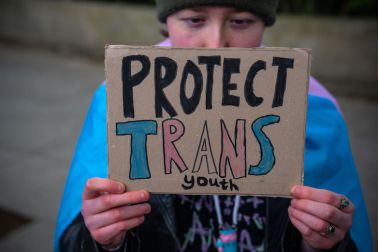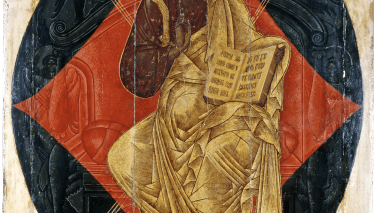
Mornings in the Dark: The Graham Greene Reader
edited by David Parkinson
Arriving at Oxford in 1923, the young Graham Greene made one move he was to regret 30 years later, when applying for a US entry visa — he joined the Communist party for a few weeks. Much less regrettable, he appointed himself the film critic of Oxford Outlook (editor G. Greene). This of course was the heyday of the silent movie and the undergraduate Greene could be found bent over the latest piece on montage by Pudovkin or Eisenstein in the magazine Close-Up. He later recalled his horror at the arrival of ‘talkies’ — it seemed like the end of film as an art form, just as he later regarded the arrival of colour ‘with justifiable suspicion’. Indeed when one thinks of ‘l’univers Grim Grun’ (as French critics expressed it), it is inescapably a black-and-white universe in every sense except the moral one. I cannot imagine the sewers of Vienna or Scobie’s Freetown, or the clandestine passions of The End of the Affair except in monochrome. Photographs from the Walston family album show Greene correcting the proofs of The Heart of the Matter in a garden drained of colour.
The present collection, Mornings in the Dark, is a paperback reprint of a book first published in 1993. It contains the reviews Greene wrote as film critic of The Spectator in the 1930s (when he got into hot legal water by describing the nine-year-old Shirley Temple, prize pet of Twentieth-Century Fox, as no less sexually precocious and calculating than Claudette Colbert or Marlene Dietrich. The Lord Chief Justice called it ‘a gross outrage’.) The book also contains essays and articles, book reviews, film scripts (but not the major ones like The Fallen Idol or The Third Man).






Comments
Join the debate for just £1 a month
Be part of the conversation with other Spectator readers by getting your first three months for £3.
UNLOCK ACCESS Just £1 a monthAlready a subscriber? Log in